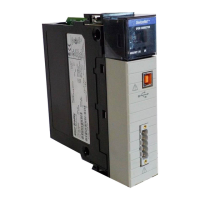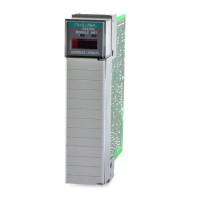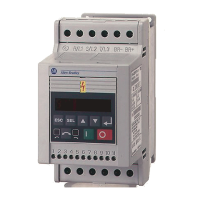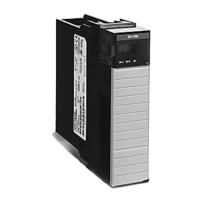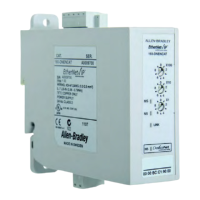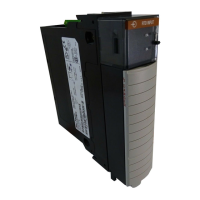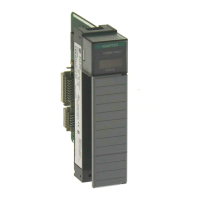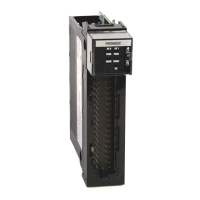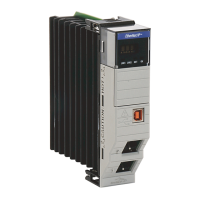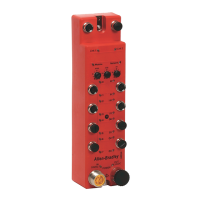2–4 Before You Begin
Publication
1756–6.5.15 – July 1998
To manage the flow of data between your processor and a network’s
devices, the communication module uses the following data tables.
• Communication Module Configuration Table
• Scan List Table
• Device Input Data Table
• Device Output Data Table
• Device Idle Table
• Device Failure Table
You may configure two of these data tables through DeviceNet
Manager software. These tables are stored in the communication
module’s non-volatile memory and used to construct all other data
tables:
• Scanner Configuration Table (SCT)
• Scan List Table (SLT)
Scanner Configuration Table (SCT)
The SCT controls basic information your communication module
needs to function on your DeviceNet network. It tells your
communication module:
• if it can transmit and receive input and output data
• how long it waits after each scan before it scans the devices again
• when to send out its poll messages
Scan List Table (SLT)
The SLT supports I/O updating for each of your devices on the
network. It also makes it possible for your communication module to
make device data available to your processor. The SLT tells your
communication module:
• which devices to scan (node addresses)
• how to scan each device (strobe, poll, change of state, cyclic or
any valid combination)
• how often to scan your devices
• exactly where in each device’s total data to find the desired data
• the size of the input data/output data
• exactly where to map the input or output data for your host
platform to read
Module Data Tables Are
and What They Do
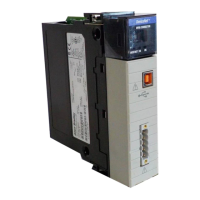
